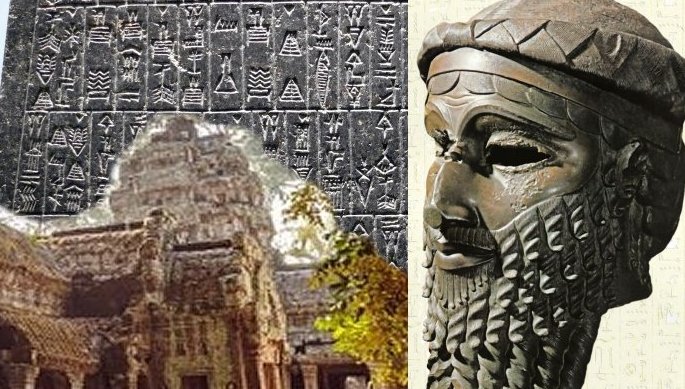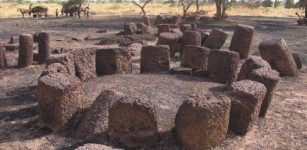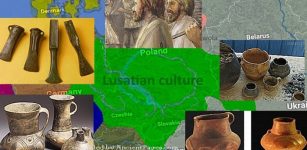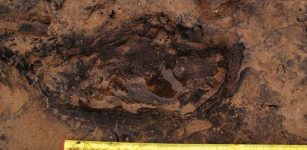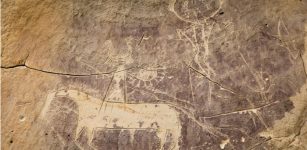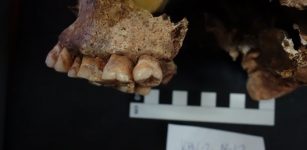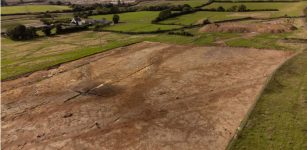Collapse Of Akkadian Empire Strongly Related To Catastrophic Climate Change
Conny Waters - AncientPages.com - The Akkadian Empire reached its political peak between the 2400 BC and 2200 BC, following the conquests by its founder Sargon of Akkad.
A catastrophic drought also occurred around this time (more exactly around 2000 BC) and suggest that climate factors beyond the control of the empire played a role in its decline.
The reason for this collapse has been long debated by historians, climate change researchers, and archaeologists.
Now, there is new evidence that frequent winter shamals (or dust storms), and a prolonged cold winter season contributed to the collapse of the ancient Akkadian Empire in Mesopotamia.
The Akkadian Empire (24th to 22nd century B.C.E.) was the first united empire in Mesopotamia and thrived with the development of irrigation. Yet, settlements appear to have been suddenly abandoned ca. 4,200 years ago, causing its collapse. The area would also not experience resettlement until about 300 years later.
Past studies have shown that the Akkadian Empire likely collapsed due to abrupt drought and civil turmoil. However, the climatic dynamics which caused widespread agricultural failures and the end of an era have yet to be sufficiently explored.
Researchers from Hokkaido University, the KIKAI Institute for Coral Reef Sciences, Kyushu University, and Kiel University made paleoclimatic reconstructions of the temperature and hydrological changes of the areas around the archaeological site of Tell Leilan, the center of the Akkadian Empire.
"Although the official mark of the collapse of the Akkadian Empire is the invasion of Mesopotamia by other populations, our fossil samples are windows in time showing that variations in climate significantly contributed to the empire's decline," said Tsuyoshi Watanabe of Hokkaido University's Department of Natural History Sciences, said in a press release.
 A map showing the sample sites (red stars) in respect to Mesopotamia (green dots) and wind direction. Image credit: Watanabe T.K. et al, The Geological Society of America. September 2, 2019
A map showing the sample sites (red stars) in respect to Mesopotamia (green dots) and wind direction. Image credit: Watanabe T.K. et al, The Geological Society of America. September 2, 2019
Researchers sampled six 4,100-year-old fossil Porites corals from the Gulf of Oman, just directly downwind. The samples were aged by radiocarbon dating and geochemically analyzed to confirm they have not been significantly altered from their present state.
See also: More Archaeology News
The coral data was then compared to modern coral samples and meteorological information. Although it is normal for the survey area to receive a significant amount of rainfall in the winter, the coral data suggests that, during the time of the empire's collapse, the area suffered from significant dry spells. The data before and since the collapse are furthermore comparable to modern coral data, showing the dry spells would have been sudden and intense.
The fossil evidence shows that there was a prolonged winter shamal season accompanied by frequent shamal days. The impact of the dust storms and the lack of rainfall would have caused major agricultural problems possibly leading to social instability and famine, both factors which have been previously associated with the collapse of the empire.
"Further interdisciplinary research will help improve our understanding of connections between climate changes and human societies in the past."
Written by Conny Waters - AncientPages.com Staff Writer

